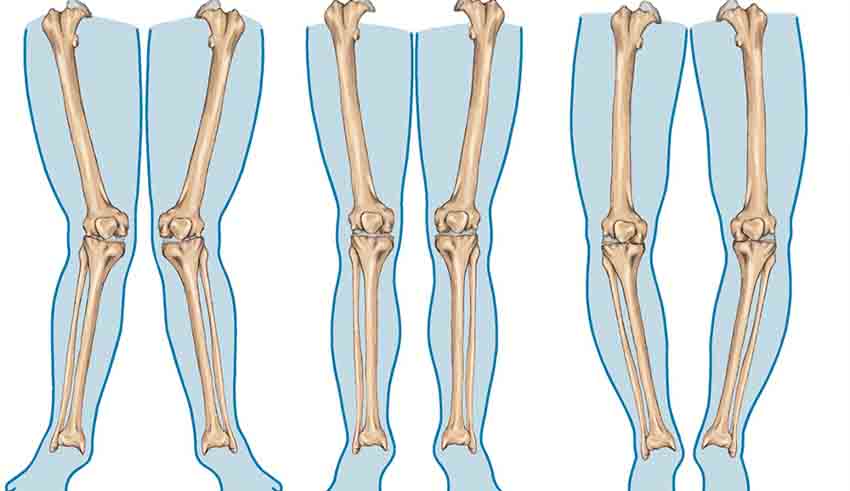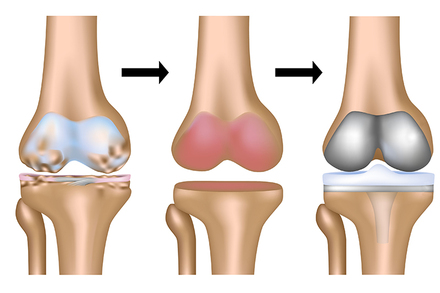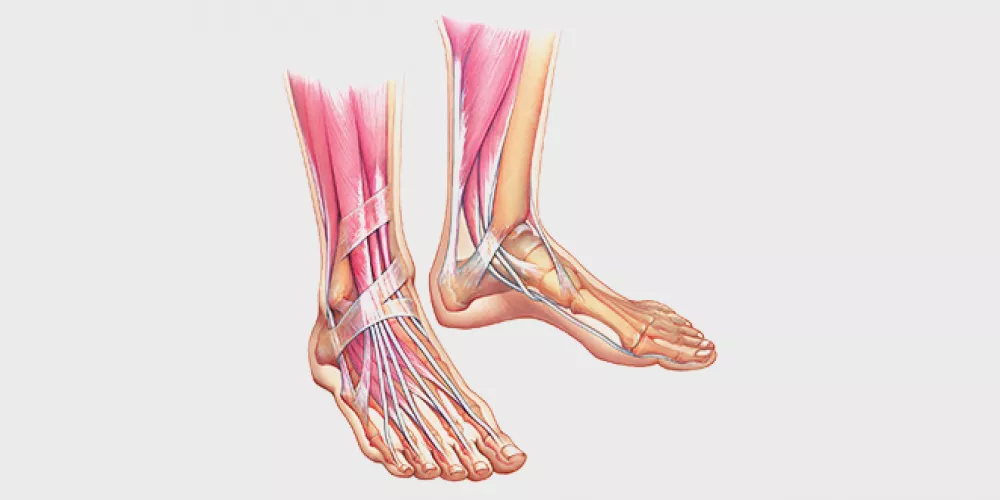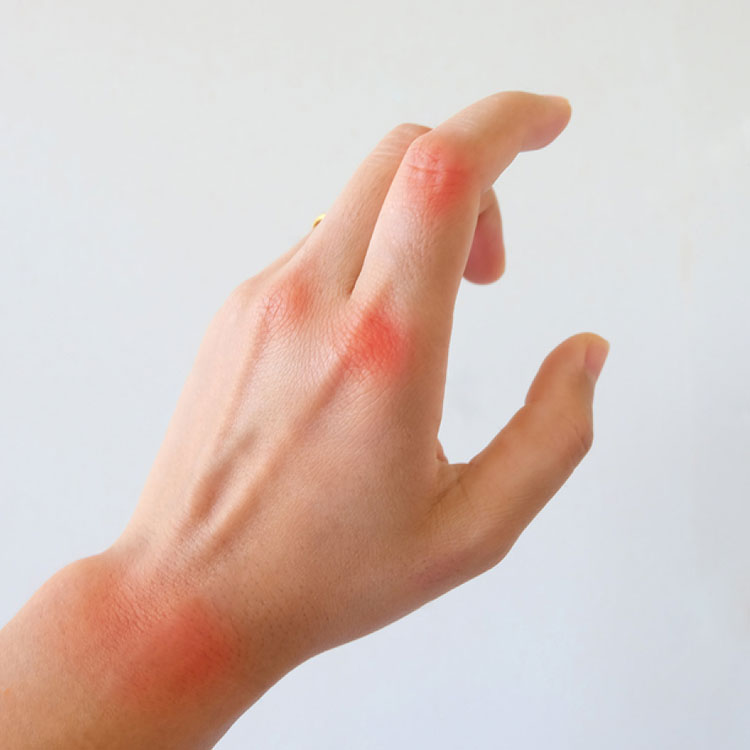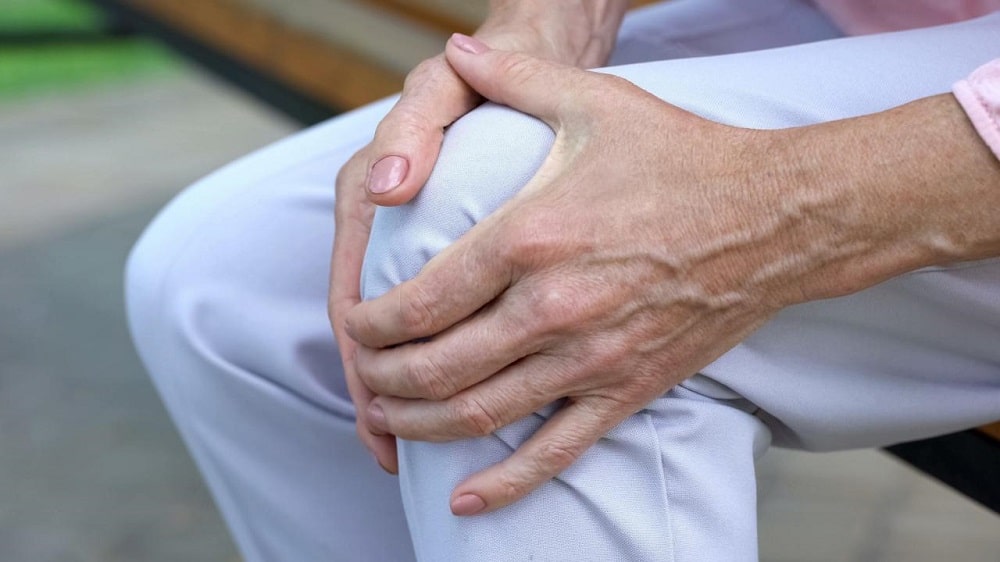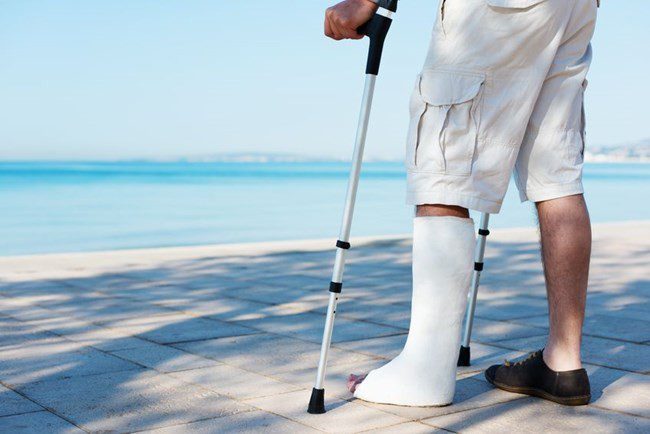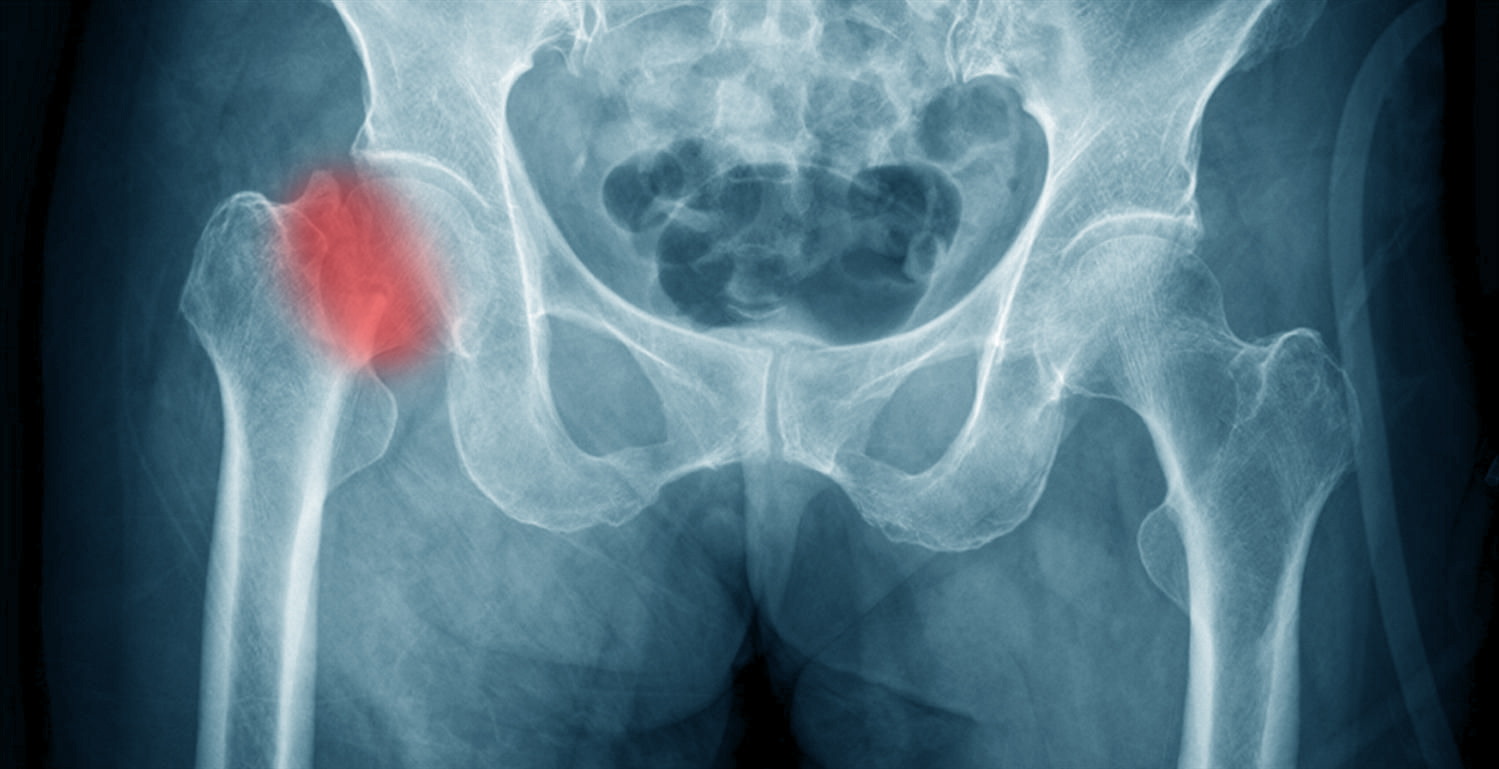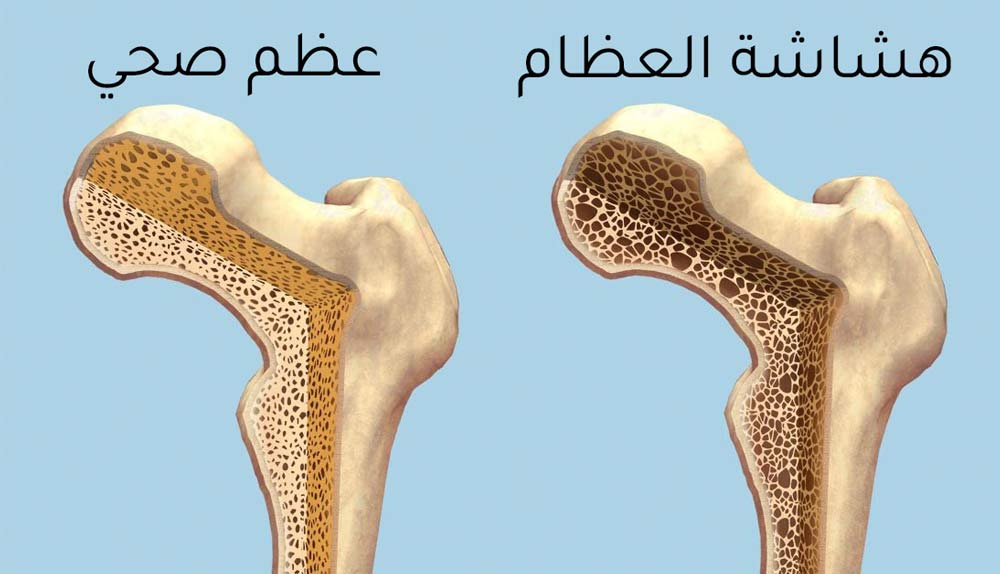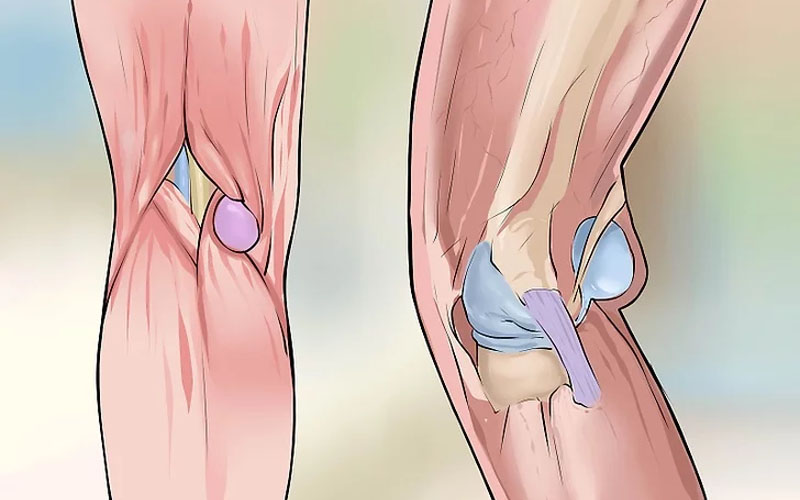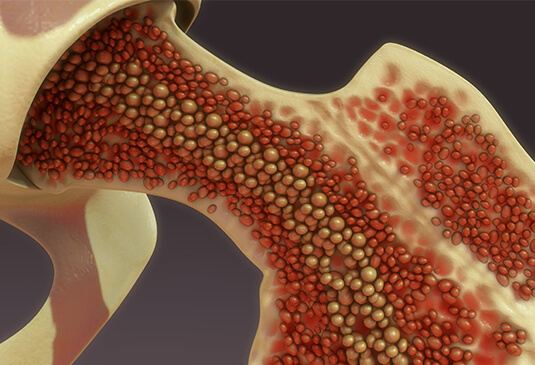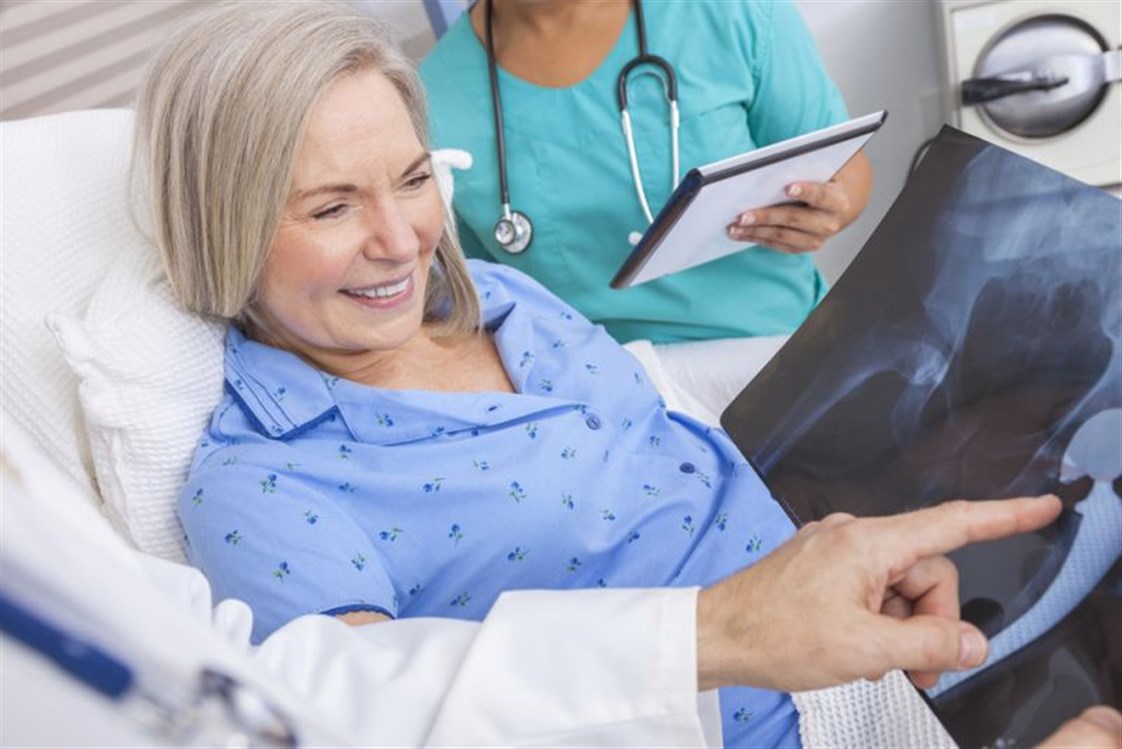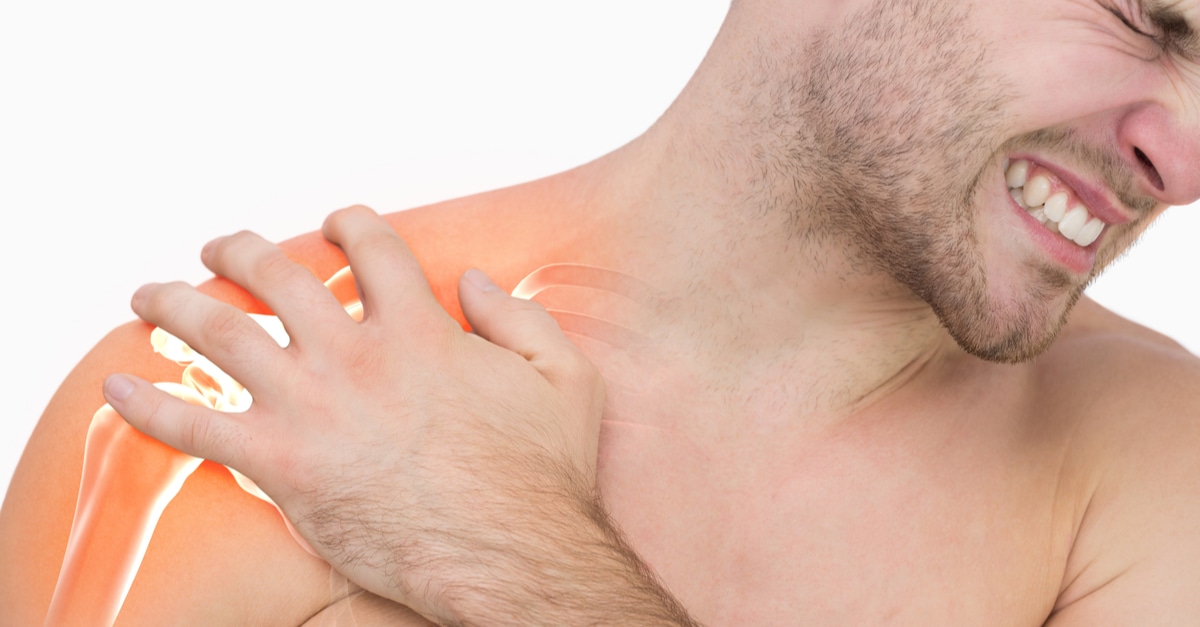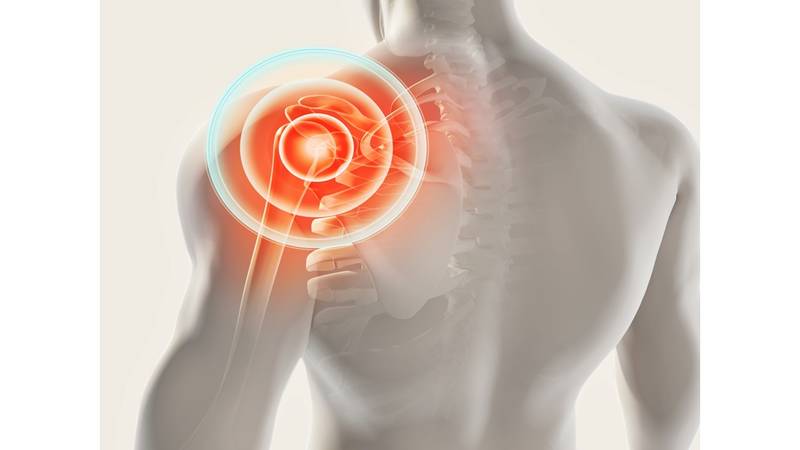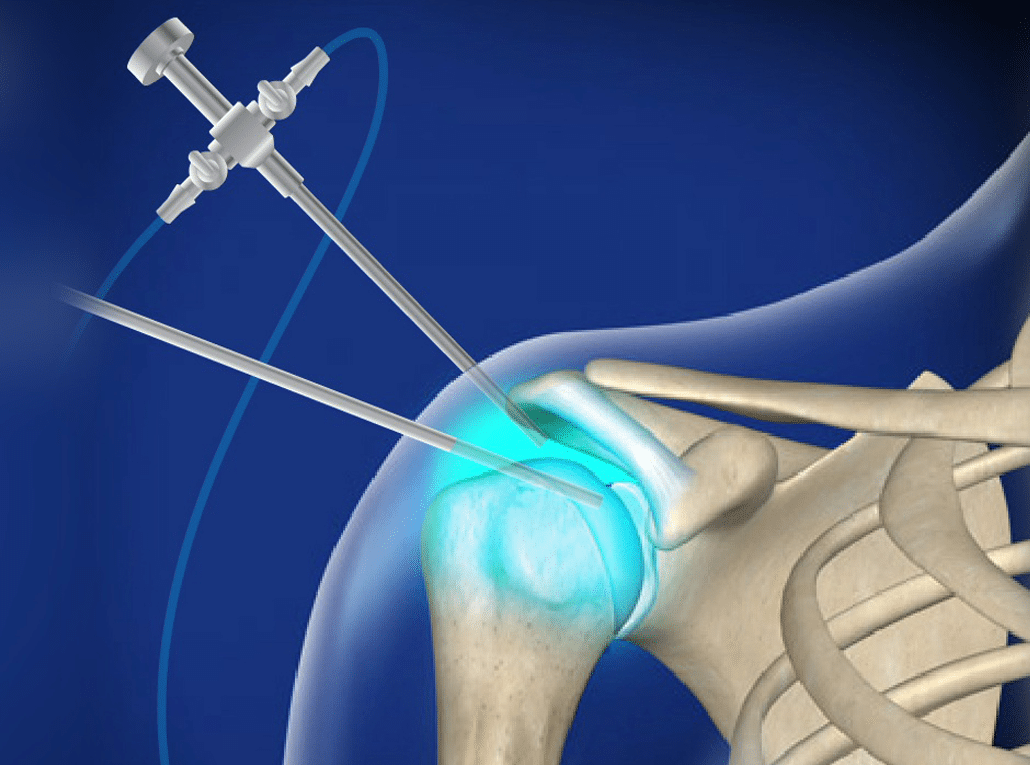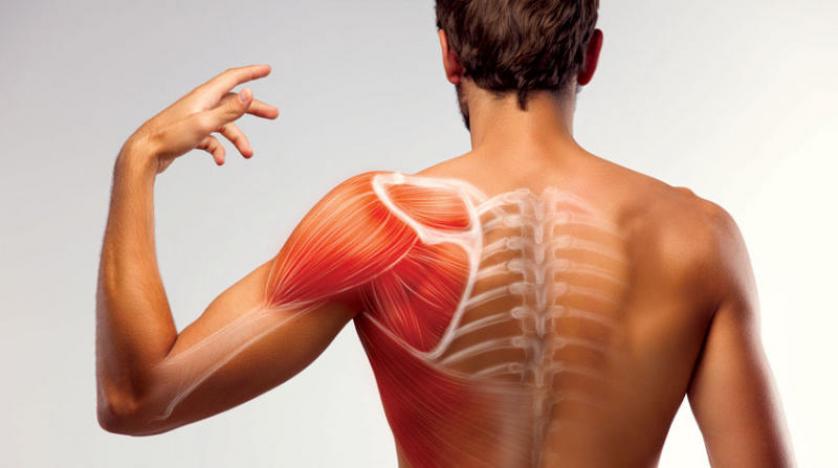Rehabilitation after cruciate ligament surgery
Many people do not realize how to deal with cruciate ligament injuries and what first aid they must take as soon as they occur. Follow the following article with us to inform you of everything related to this topic.
Rehabilitation after cruciate ligament surgery
When the cruciate ligament is injured, a rehabilitation program must be undergone under medical supervision. The appropriate rehabilitation program is determined according to the severity of the injury to which the individual is exposed, his age, and the tasks he performs in life, as the rehabilitation program aims to restore the knee to its natural orbit of movement before the injury and to strengthen the muscles and effectively perform their task.
As the rehabilitation treatment is divided into three phases, which are acute, subacute, and chronic injury, where each phase must take its right well, and if the injured is an athlete who must recover as before to be able to persevere in his profession normally, then he is subject to special treatment according to his condition and the severity of the injury that he may have been exposed to.
However, the rehabilitation program that the patient undergoes after the operation is completely different from the rehabilitation program in the case of a minor injury and an attempt to recover from it, as the cruciate ligament operation has the main purpose of strengthening the muscles and restoring joint movement to normal so that the individual can live his life without feeling pain.
Complete rupture of the cruciate ligament
When there is a complete cut in the cruciate ligament, this means that the individual has been subjected to the third stage of cruciate ligament injuries, which results in a complete cut in the ligament. A complete cruciate ligament injury means that the individual will undoubtedly need surgical intervention.
How to diagnose cruciate ligament injuries
In the beginning, the doctor examines the affected foot well and compares the symptoms that appear on it with the healthy foot, and begins to move the affected foot in many directions to measure the effectiveness of the movement of the joint and how it performs its functions, and a physical examination may be sufficient, but it is preferable to perform some other examinations to ensure that there are no other damages, for example:
- X-rays: These rays are done to ensure the integrity of the bones and the absence of any fractures in them, but they do not show soft tissues such as ligaments and tendons.
- Magnetic resonance imaging: It produces detailed images of each of the soft and hard tissues that exist in the individual’s body, in addition to showing the extent of the injury that the individual may have suffered in the cruciate ligament and the damage to some other tissues such as cartilage.
- Ultrasound (ultrasound imaging): It is used in imaging the internal structures of the human body. It is also used to confirm the presence of injuries in the ligaments, tendons, and muscles of the knee.
Information about the cruciate ligament
The anterior cruciate ligament is one of the strong tissue ligaments that connect the femur to the shin bone (tibia), as it is one of the two ligaments that pass in the middle of the knee, and the anterior cruciate ligament injuries are more common and dangerous than the posterior cruciate ligament injuries, and when an individual is injured in the cruciate ligament, a tear or sprain occurs in the anterior cruciate ligament.
Such an injury is very common among athletes and those who engage in sports activities that require jumping, sudden stopping, and changing movement quickly, and immediately after exposure to the injury, a popping sound is issued from the knee area, which may be followed by swelling during the first hours of the injury, and the individual becomes unable to balance after that or load on the knee area well.
What is the cruciate ligament treatment?
The method of treating the cruciate ligament differs according to the severity of the injury to which the individual is exposed, his condition, and the profession he is practicing. If the injured person is still in his prime and has many plans for the future, or if he is a sports player, then surgical intervention is the best solution in order to replace the ligament to ensure that he performs his job well in the long term.
But if one of the injured is an elderly person or one who performs light jobs, then here it is best to adapt to the injury and rely on pain relievers and some exercises that relieve pain and symptoms, and in either case, here are some tips that you can do to reduce the pain resulting from the cruciate ligament injury:
- Take enough rest and avoid activities that put pressure on the knee joint.
- Apply ice packs more than once throughout the day for 20 minutes each time on the affected area.
- Wrap the knee well to limit its movement and ensure its stability.
- Make sure to raise the injured foot from the rest of the body by using some pillows.
Cruciate ligament and its treatment
When suffering an injury to the cruciate ligament of the knee, the appropriate treatment is determined according to many factors such as the severity of the injury and the symptoms that appear on the individual, his age, and work, and here are some treatment methods for the cruciate ligament:
- Apply ice packs on the knee from time to time to reduce swelling.
- Rest adequately and avoid any activities that require high physical effort.
- Ensure that the injured leg is higher than the rest of the body level in the case of relaxation or sitting.
- Connect the knee well to ensure that the joint is stable and does not move.
- Exactly follow the rehabilitation program with a specialist.
This method is used in the treatment of partial cutting of the cruciate ligament or whether the injury that the individual may have been exposed to is minor, but if the cutting was complete or the previous treatment methods did not work, then surgical intervention is most appropriate.
Physical therapy before cruciate ligament surgery
Immediately after suffering an injury to the cruciate ligament, the specialist doctor recommends to the patient a method of physical therapy in order to help reduce the severity of the pain and the severity of the symptoms, this is done by doing some exercises that are under the supervision of a physiotherapist, while also making sure to put knee braces and move using crutches.
In most cases, physiotherapy may be very effective in strengthening the muscles and returning the knee joint to work effectively in people whose work does not require high physical effort, as physiotherapy is the first treatment step that is followed to see if there is a need for surgical intervention or not, and if this method does not work in the treatment, then the doctor begins to prepare the injured person for operations immediately.
Anterior cruciate ligament physical therapy
Physiotherapy is considered one of the most important therapeutic methods used in the treatment of anterior cruciate ligament injuries, whether there is a need for surgical intervention or not, in both cases this treatment is important, and it is in the form of some exercises that the patient is advised to do, but under the supervision of a physiotherapist to ensure that any mistakes are avoided, and examples of these exercises are:
- Fixed quads exercises.
- Perform knee flexion and extension movements.
- Sleeping on the stomach and doing knee-bending exercises.

